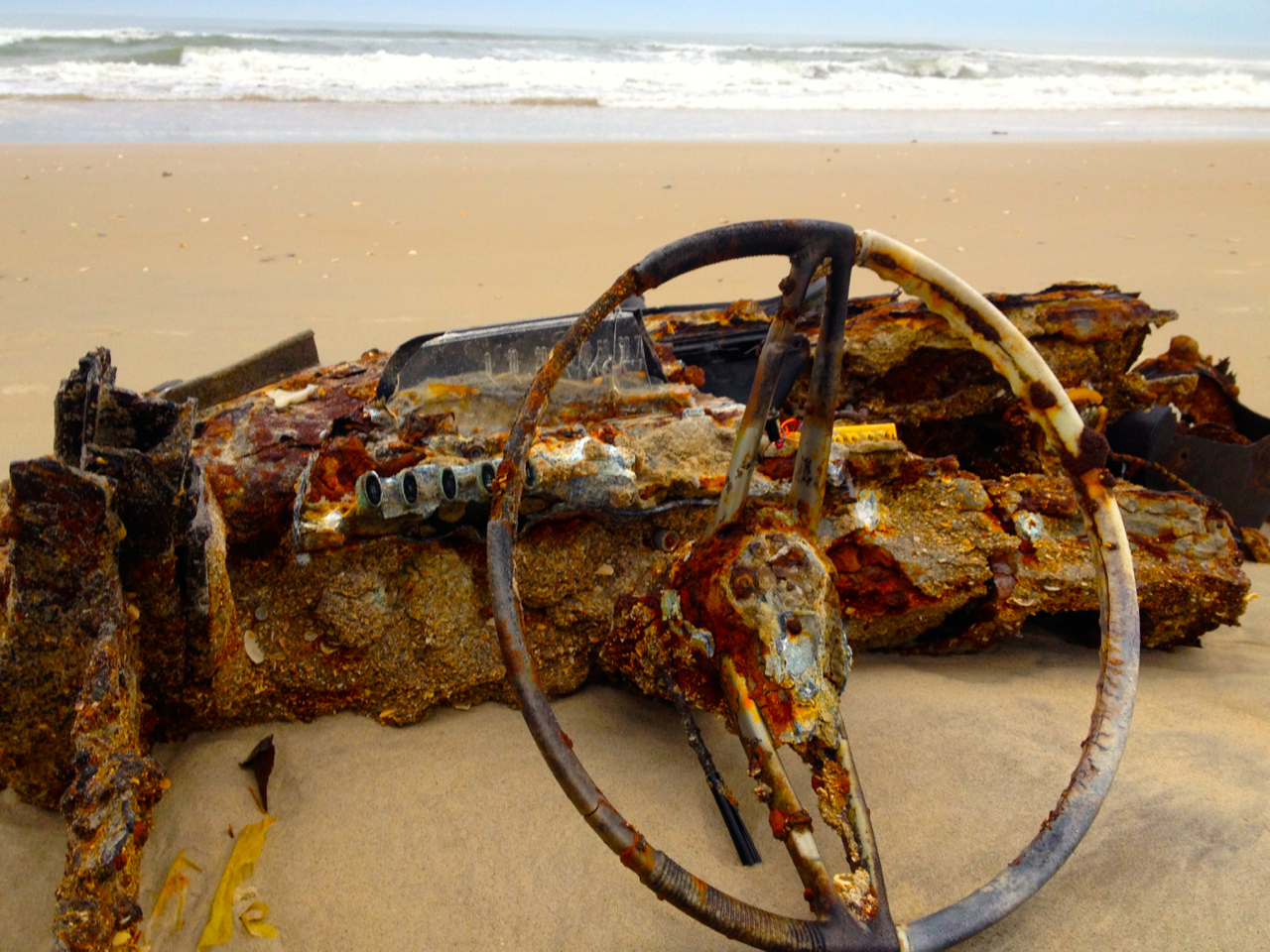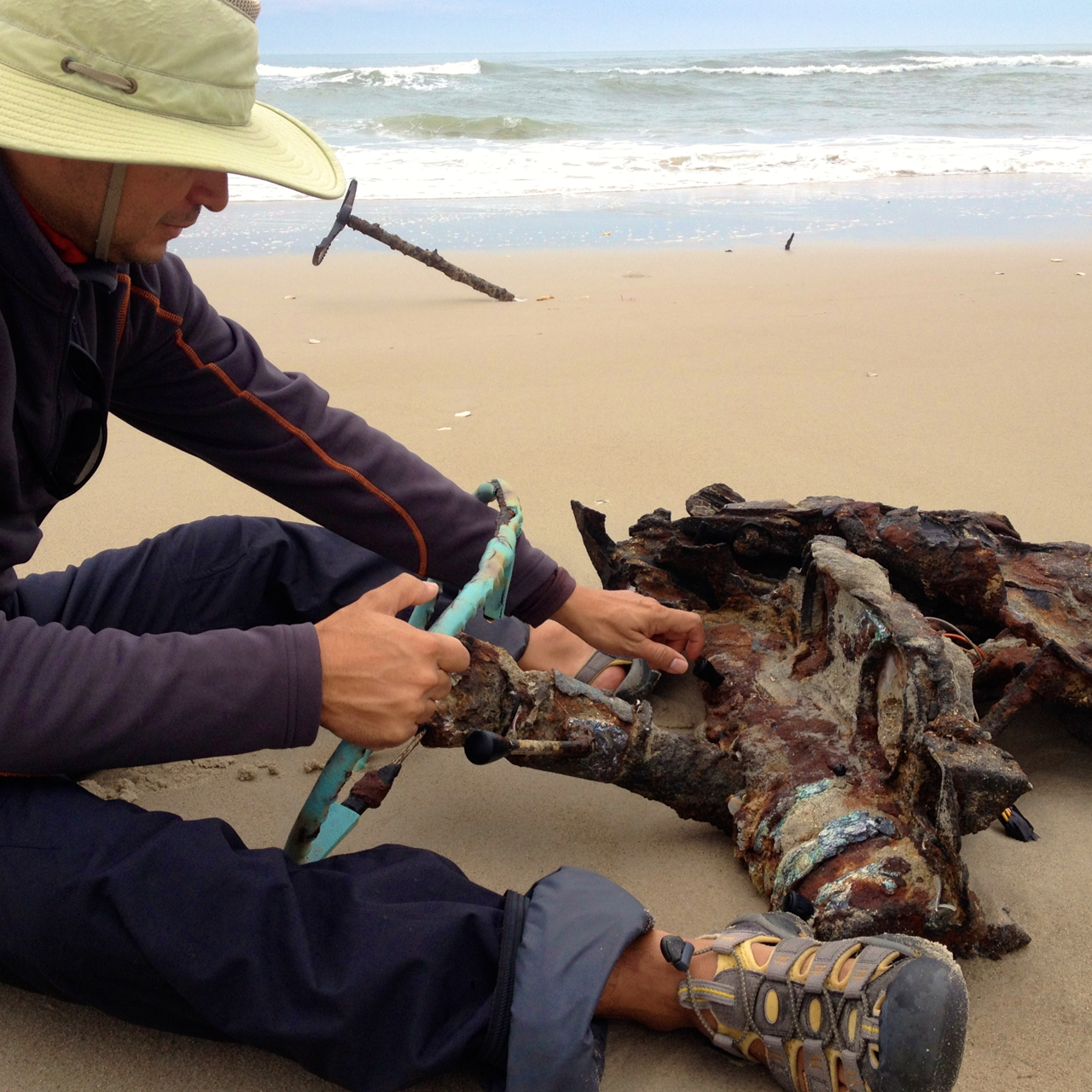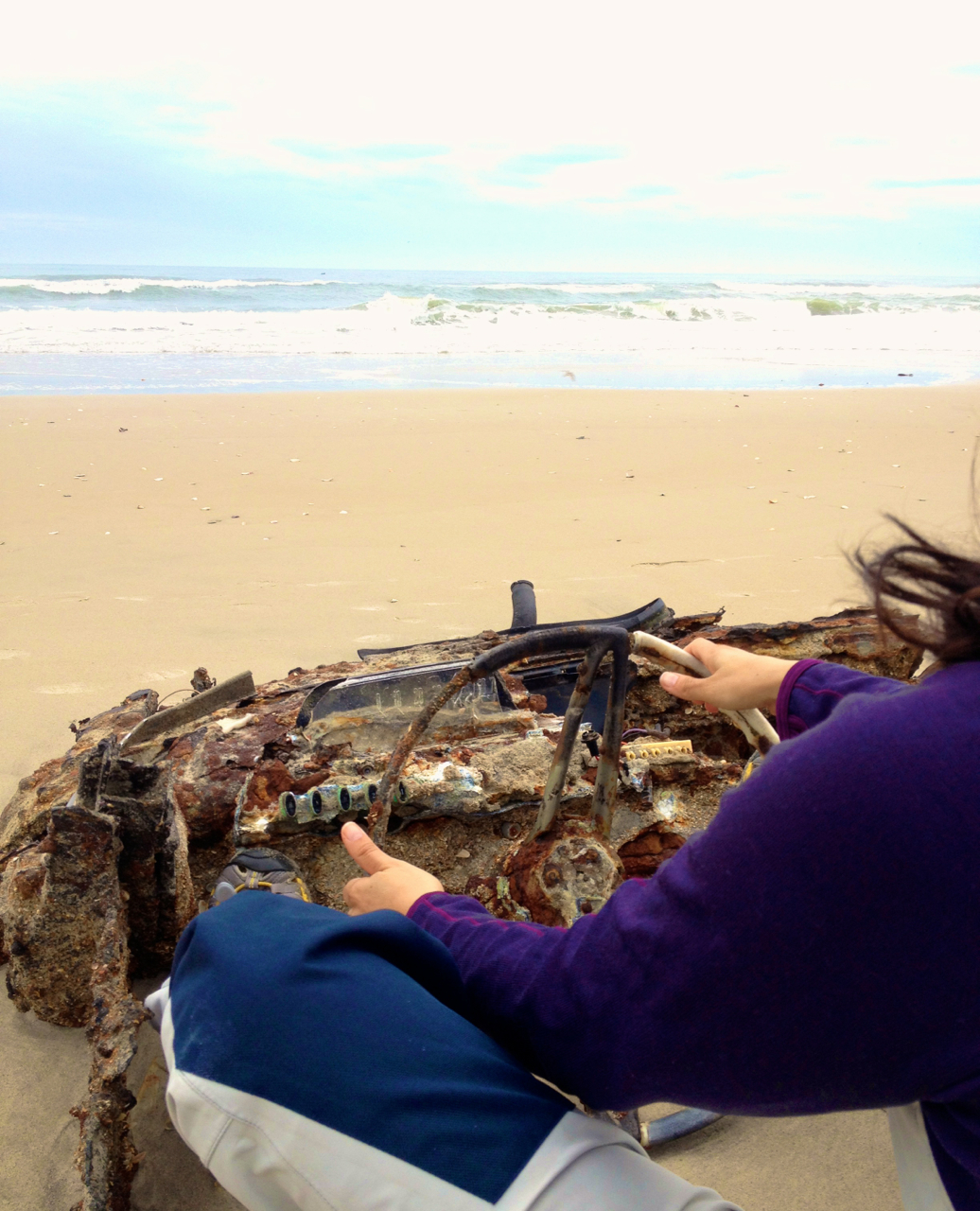Doctor Candray was a recent medical graduate in 1926 (before he went to Paris for his specialisation) and had come back home to San Vicente, then a prosperous center of commerce in the road to the Orient.
One day that year, he was called to attend on a patient in Sensuntepeque. The drive was circuitous and lonely —the Pan-American highway was still a dream only politicked three years prior, in Santiago—, so just before leaving early that morning, he asked one of the young kids hanging around if he'd like to come for a ride.
As they were coming home in the stifling afternoon heat later that day, and having passed San Ildefonso, the doctor turned to his young companion:
—I'm dead tired, Alonso. The he road is flat. Here, take over the wheel. Now, you won't have to change gears, but don't go faster and don't go slower. This here is the brake pedal. And wake me up as we approach Apastepeque, as there might be Guardias there, so I'll need to take over before then.
Alonso was twelve years old and never got much schooling afterwards, but knowing how to drive was a valuable skill for a maidservant's kid. A few years later, he became a taxi driver, and was on his way to eventually setting up San Vicente's first gasoline station, with the bit of cash left from grandmother's inheritance, and with a generous —and visionary— loan from the gringo who ran The Texas Company's office in San Salvador.
This story Alonso told his grandson earlier this year, the day of his 100th birthday.
Alonso passed away today. He was the last of his generation in San Vicente de Austria y Lorenzana, and so 1926 is no more a living memory, but instead a sketch of a world that was, and is no more.









